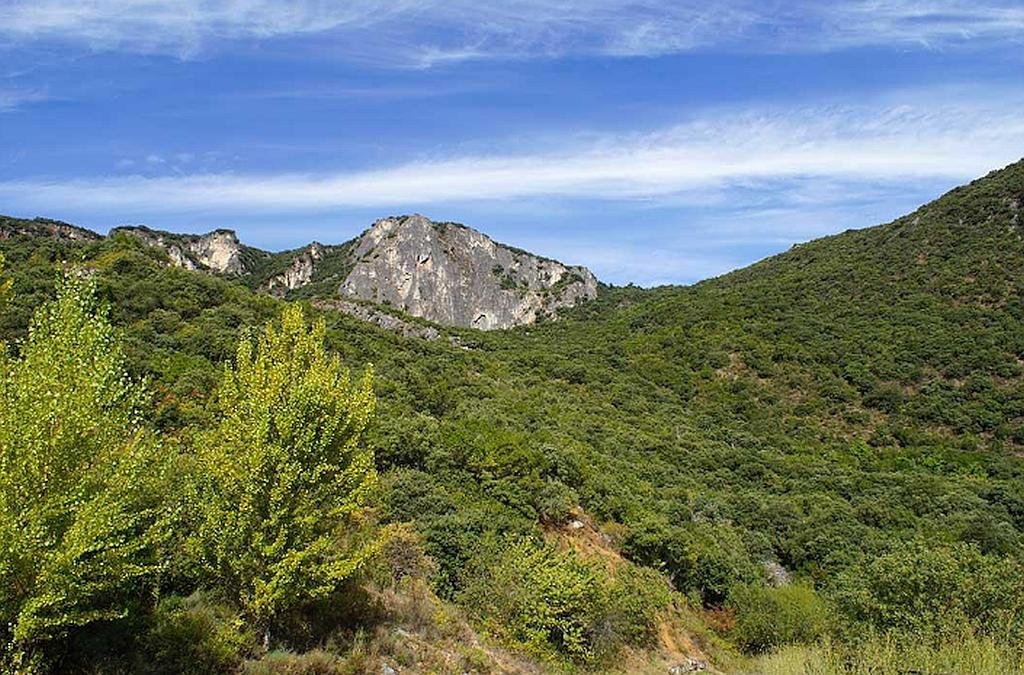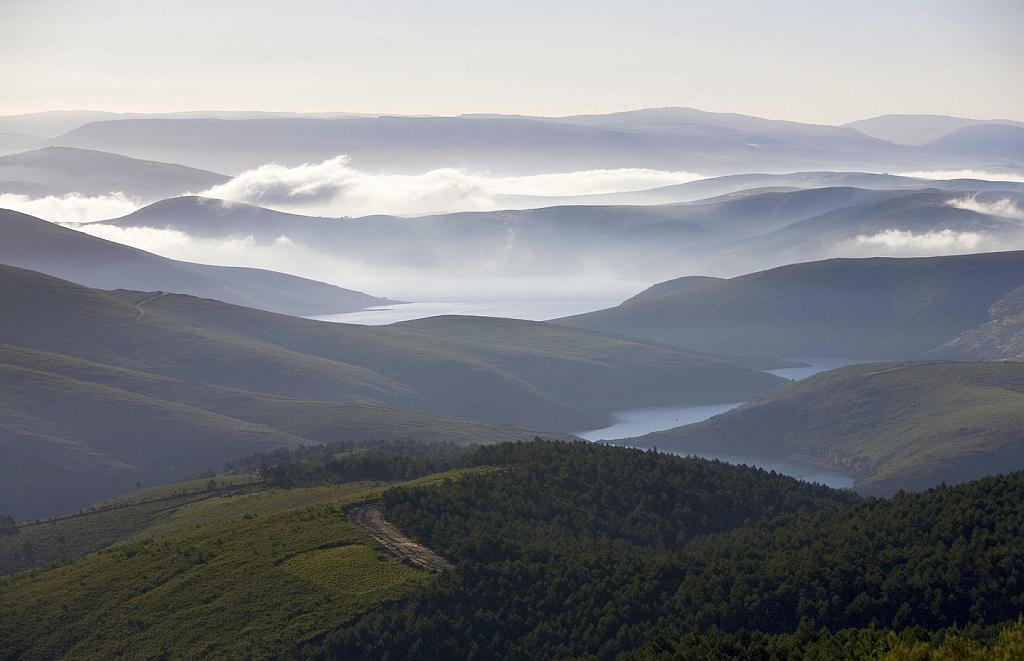- Region: Galicia
- Province: Orense
- Declared a Natural Park: 2002
- Park surface area: 3,151 hectares
- Towns and Villages: Rubiá, Oulego, O Robledo, Porto, O Real, Biobra, Covas, Vilardesilva, Pardollán
Points of interest
The Serra da Enciña da Lastra Natural Park is a protected area that includes the surroundings of the Serra da Enciña da Lastra mountains and a limestone valley with steep slopes and cliffs, including the pena (rock) falcoeira , the Inferno valley (val do Inferno) and the penedos de Oulego (Oulego cliffs).
This area holds the the largest area of oak forest in Galicia. The river Sil flows for about four kilometers along the eastern end of the park and in is damned to create the Penarrubia reservoir.
I’ve been living in this lovely area of Western Andalucia for the last 20 years or so and dedicate most of my time to the running of English language tourist information websites for the towns of Cádiz, Ronda, Grazalema, the famous or infamous Caminito del Rey, and also Wildside Holidays, which promotes sustainable and eco-friendly businesses running wildlife and walking holidays in Spain. My articles contain affiliate links that will help you reserve a hotel, bus, train or activity in the area. You don’t pay more, but by using them you do support this website. Thankyou!



